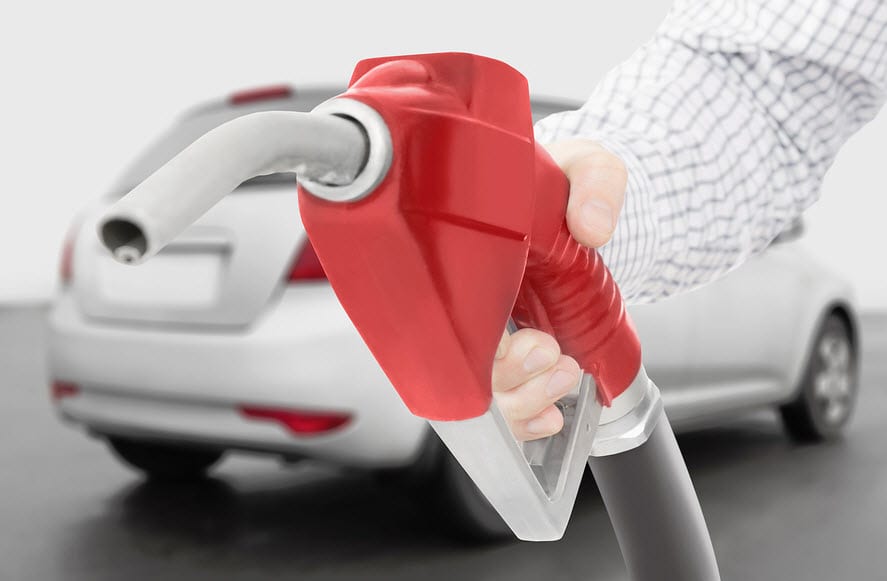New deal could bolster the hydrogen fuel infrastructure of California
April 30, 2015Linde and Quantum Fuel Systems join together to develop new fuel dispensers
Linde North America, a producer of chemical gases, has formed a partnership with Quantum Fuel Systems Technologies Worldwide, which may result in a stronger hydrogen fuel infrastructure in California. The deal made between the two companies involves the development and manufacture of new hydrogen fueling dispensers, which will be used to provide hydrogen to vehicles equipped with fuel cells. These vehicles are expected to become more common in California in the coming years.
A comprehensive hydrogen fuel infrastructure is needed for fuel cell vehicles to succeed
Many of the world’s most prominent automakers have begun developing fuel cell vehicles. The fuel cells that these vehicles use consume hydrogen and produce electricity, powering the vehicles they equipped to. While these vehicles have managed to win favor because of their efficiency, California and much of the rest of the world lacks a comprehensive hydrogen fuel infrastructure. This means that fuel cell vehicles have very limited access to the hydrogen that they need to function.
Hydrogen infrastructure has become a priority in California
 Developing a comprehensive hydrogen fuel infrastructure has been a priority for California. The state is one of the most favored markets for the auto industry and companies with plans to launch fuel cell vehicles believe that they will find success in California. Without a fueling infrastructure in place, however, these vehicles are not likely to find the support they need from consumers. As such, companies like Linde have been working to bolster the infrastructure in order to provide fuel cell vehicles with a strong platform.
Developing a comprehensive hydrogen fuel infrastructure has been a priority for California. The state is one of the most favored markets for the auto industry and companies with plans to launch fuel cell vehicles believe that they will find success in California. Without a fueling infrastructure in place, however, these vehicles are not likely to find the support they need from consumers. As such, companies like Linde have been working to bolster the infrastructure in order to provide fuel cell vehicles with a strong platform.
New dispensers are being designed to be user friendly
The hydrogen dispensers that are being developed by the two companies will be equipped with new software and hardware that will allow for a positive consumer experience. The dispensers will be designed to be user friendly. A positive user experience will help consumers feel more comfortable with fueling their fuel cell vehicles and it may help remove some of the barriers that stand in the way of the adoption of hydrogen fuel.

 With over 15 years of reporting hydrogen news, we are your premier source for the latest updates and insights in hydrogen and renewable energy.
With over 15 years of reporting hydrogen news, we are your premier source for the latest updates and insights in hydrogen and renewable energy.